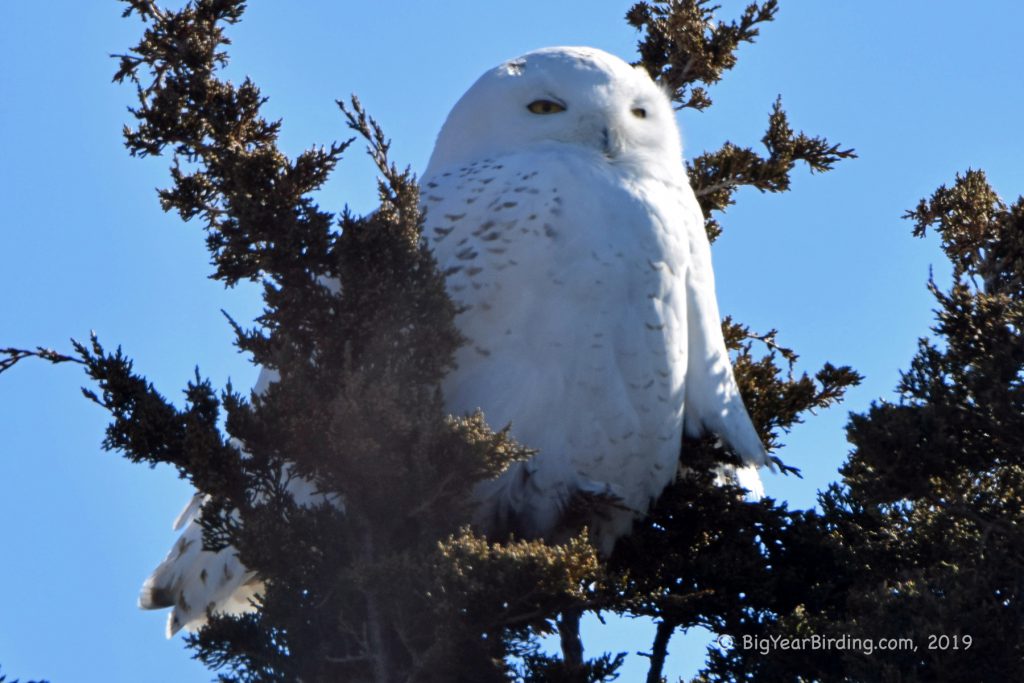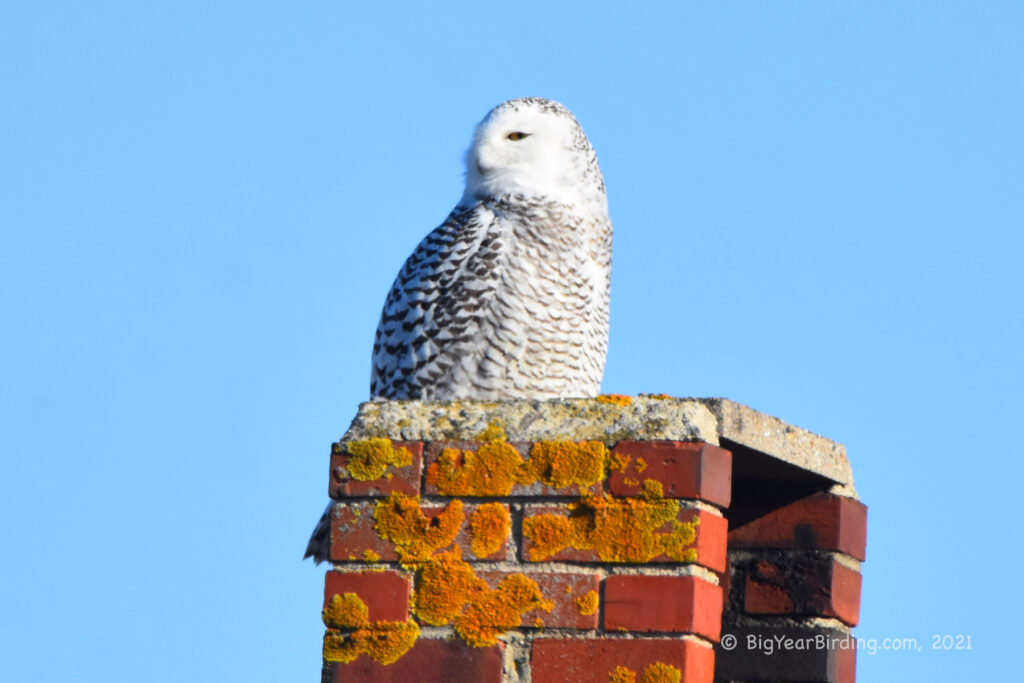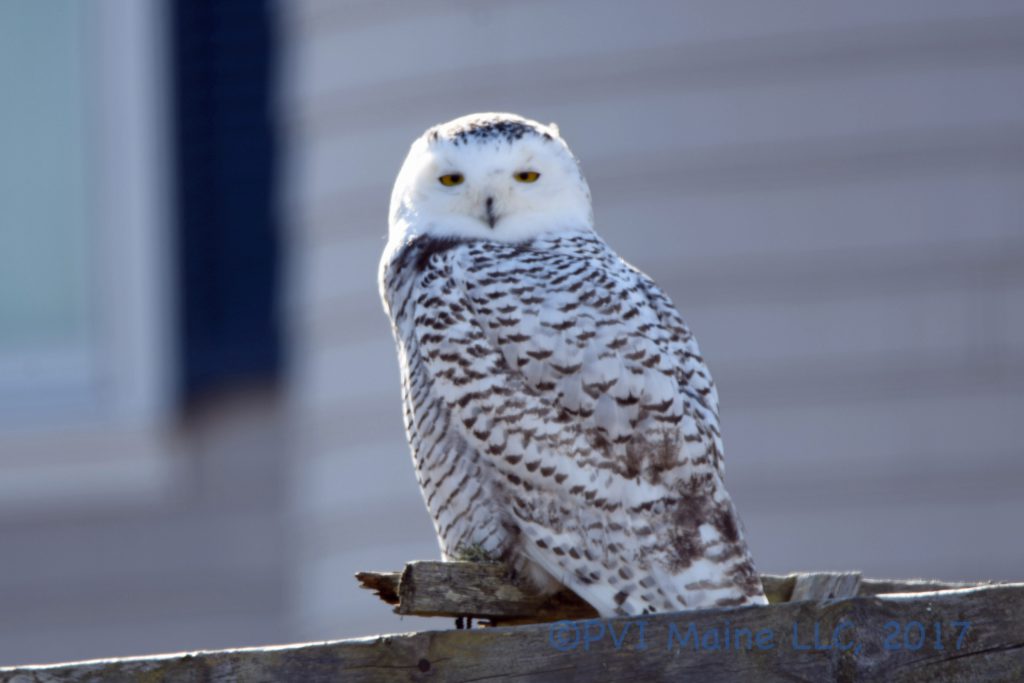
The snowy owl is a magnificent bird of prey that inhabits the Arctic regions of North America and Eurasia. This large bird is known for its striking appearance, with distinctive white plumage that blends perfectly with the snow and ice of its environment. The snowy owl is a highly adapted predator that relies on its keen senses and powerful talons to hunt its prey.

Snowy owls are one of the largest owl species, measuring up to 2 feet in length and weighing up to 4 pounds. They have a wingspan of up to 5 feet, making them highly skilled flyers capable of soaring long distances in search of prey. Male snowy owls are typically smaller than females, but both sexes have a similar appearance with their striking white feathers and bright yellow eyes.
One of the distinguishing field marks of the snowy owl is its feather-covered talons, which help to insulate them from the cold Arctic environment. They also have a distinctive black beak and yellow eyes, which provide excellent vision even in low light conditions. In the summer months, male snowy owls may develop a few dark markings on their plumage, but overall they remain predominantly white.
Snowy owls are known for their migratory behavior, with some individuals traveling as far south as the United States during the winter months. This migration pattern is influenced by food availability, with snowy owls following their prey, which includes lemmings, rodents, and other small mammals. During the winter months, snowy owls may also be found near coastal areas, where they feed on waterfowl and other birds.

Overall, the snowy owl is an impressive and highly adapted bird of prey that has captured the imagination of people around the world. With its distinctive white plumage, powerful talons, and keen senses, the snowy owl is a true master of its environment, perfectly adapted to life in the harsh Arctic regions of North America and Eurasia.

